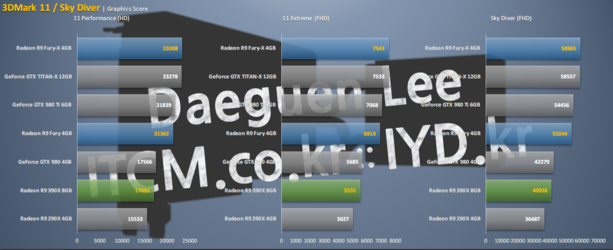- Joined
- Jun 24, 2014
- Location
- TX/CO
So basically what I'm curious about is this: let's say a game at any particular time is using say, 4.5GB of GDDR5 memory, and let's presume that's we're not running into the VRAM limit (for example, a 6GB card).
My question is, will the same game at the same given time use less than 4.5GB of VRAM on a HBM-based GPU due to the increased bandwidth or us that a separate thing? I know it'll be better for framerate performance, but I'm curious if it'll cut down on required VRAM in the same workload scenario compared to a GDDR5-based card.
So basically (again), if you want to play/mod games that need more than 4GB VRAM, will a 4GB HBM1 GPU cut it, or is that out of the running?
I know we don't know for sure how much VRAM AMDs new cards will launch with, but I'm curious about this topic regardless.
My question is, will the same game at the same given time use less than 4.5GB of VRAM on a HBM-based GPU due to the increased bandwidth or us that a separate thing? I know it'll be better for framerate performance, but I'm curious if it'll cut down on required VRAM in the same workload scenario compared to a GDDR5-based card.
So basically (again), if you want to play/mod games that need more than 4GB VRAM, will a 4GB HBM1 GPU cut it, or is that out of the running?
I know we don't know for sure how much VRAM AMDs new cards will launch with, but I'm curious about this topic regardless.





 I mean it's bad enough I'm reigning in the 290X with a 4350, but man I'd laugh tot see how poorly they worked in a subpar build, just be funny.
I mean it's bad enough I'm reigning in the 290X with a 4350, but man I'd laugh tot see how poorly they worked in a subpar build, just be funny.